Disclosure: This article contains affiliate links. We may earn a commission from purchases at no extra cost to you, which helps our travel content.
Standing at the bustling intersection of Myeongdong, watching the neon signs flicker to life as dusk settled over Seoul, I felt that familiar tug of connection that first drew me back to my birth country years ago. There's something magical about Seoul—a city where centuries-old palaces stand in the shadow of futuristic skyscrapers, where serene Buddhist temples share neighborhoods with cutting-edge fashion boutiques. As someone born in South Korea but raised in the American Southwest, each visit feels like both a homecoming and an adventure. While I've explored Seoul dozens of times since that first emotional trip during college, I never forget what it feels like to experience this dynamic metropolis for the first time. That's why I've crafted this 48-hour itinerary specifically for solo travelers looking to make the most of a quick weekend trip. Fall is absolutely the perfect time to visit—the summer humidity has lifted, the autumn colors are emerging, and the street food scene is at its most vibrant. Let's dive into how to spend an unforgettable weekend in the heart of South Korea.
Day 1: Morning - Ancient Seoul Awakens
I always tell first-timers to begin their Seoul adventure where the city itself began—in the historic heart. Start your day with an early morning visit to Gyeongbokgung Palace, the largest of Seoul's five grand palaces built during the Joseon Dynasty. Arriving for the 9 AM opening means you'll beat both the crowds and the midday heat, even in fall.
The changing of the royal guard ceremony at 10 AM is absolutely worth timing your visit for—the colorful traditional uniforms and synchronized movements offer perfect photo opportunities and a glimpse into Korea's royal past. After watching the ceremony, spend about 90 minutes exploring the palace grounds, making sure to visit the throne room and the serene Hyangwonjeong Pavilion with its picturesque pond.
From the palace, it's a short walk to Bukchon Hanok Village, where hundreds of traditional Korean homes (hanoks) create a living museum of architecture. The narrow alleyways winding between these beautiful structures with their distinctive curved tile roofs offer a peaceful contrast to Seoul's otherwise modern cityscape. I've found early afternoon is the sweet spot for photography here—the light is perfect for capturing the intricate wooden details and stone walls.
For lunch, duck into one of the small restaurants near Bukchon serving traditional Korean cuisine. My personal recommendation is Gaeseong Mandu Koong for their incredible dumplings—the recipe dates back generations and the kimchi mandu (dumplings) are life-changing. Seriously, I dream about them between visits.
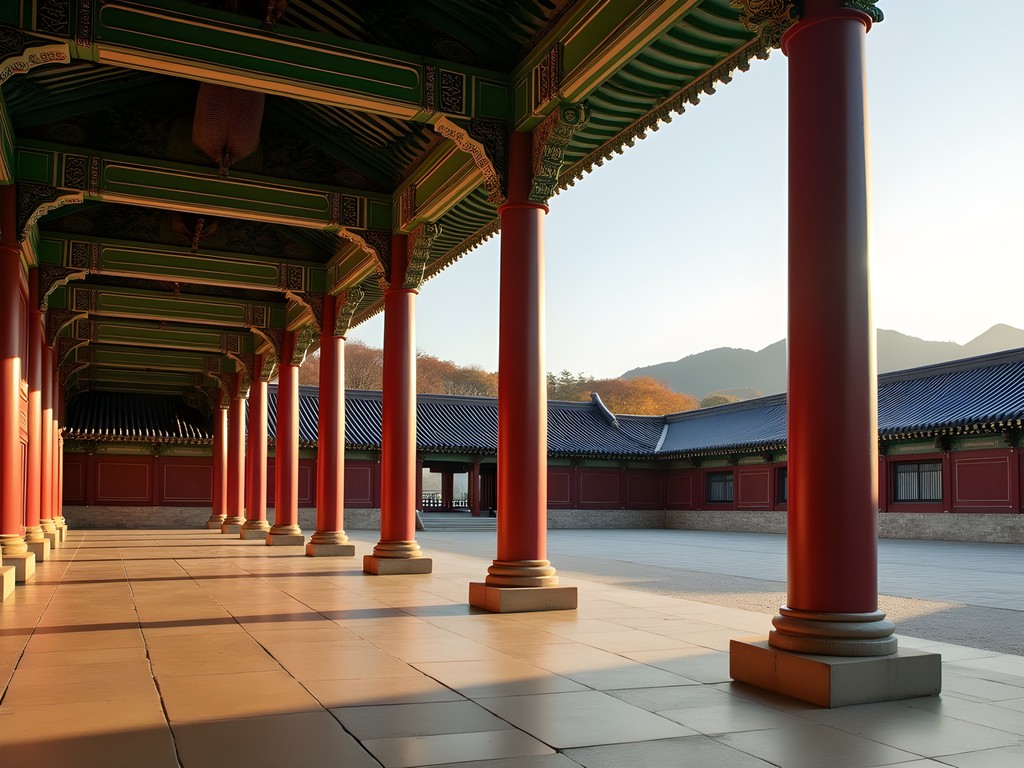
💡 Pro Tips
- Visit Gyeongbokgung Palace first thing in the morning to avoid crowds
- The palace is closed on Tuesdays, so plan accordingly
- Wear comfortable shoes—you'll be covering a lot of ground on foot
Day 1: Afternoon - Culture and Cuisine
After your morning immersion in historic Seoul, spend your afternoon exploring the artistic side of the city. The National Museum of Korea in Yongsan is my go-to recommendation for first-time visitors. With over 220,000 artifacts spanning the entirety of Korean history, it provides crucial context for everything else you'll experience in Seoul. The Joseon Dynasty exhibits and Buddhist art collections are particularly stunning. Don't miss the ten-story stone pagoda in the central hall—it's an absolute masterpiece of Korean craftsmanship.
For a more contemporary cultural experience, head to the nearby Leeum Samsung Museum of Art, which houses both traditional Korean art and cutting-edge modern works in a building that's an architectural wonder itself. The contrast between ancient celadon pottery and massive installations by international artists perfectly encapsulates Seoul's blend of old and new.
As afternoon transitions to evening, make your way to Gwangjang Market, one of Seoul's oldest and largest traditional markets. This is where I always bring friends visiting for the first time—nothing captures the essence of Korean food culture better than the bustling energy of its food stalls. The market is famous for bindaetteok (mung bean pancakes) and various types of mandu (dumplings), but my personal favorite is the mayak gimbap—small seaweed rice rolls that are so addictive they're nicknamed 'drug gimbap.'
Before diving into the food, I always recommend capturing the vibrant market atmosphere with a good camera. My compact travel camera has been perfect for these situations—small enough not to be intrusive in crowded markets but with excellent low-light performance for indoor shooting. The flip screen lets me capture discreet street photography without drawing attention.
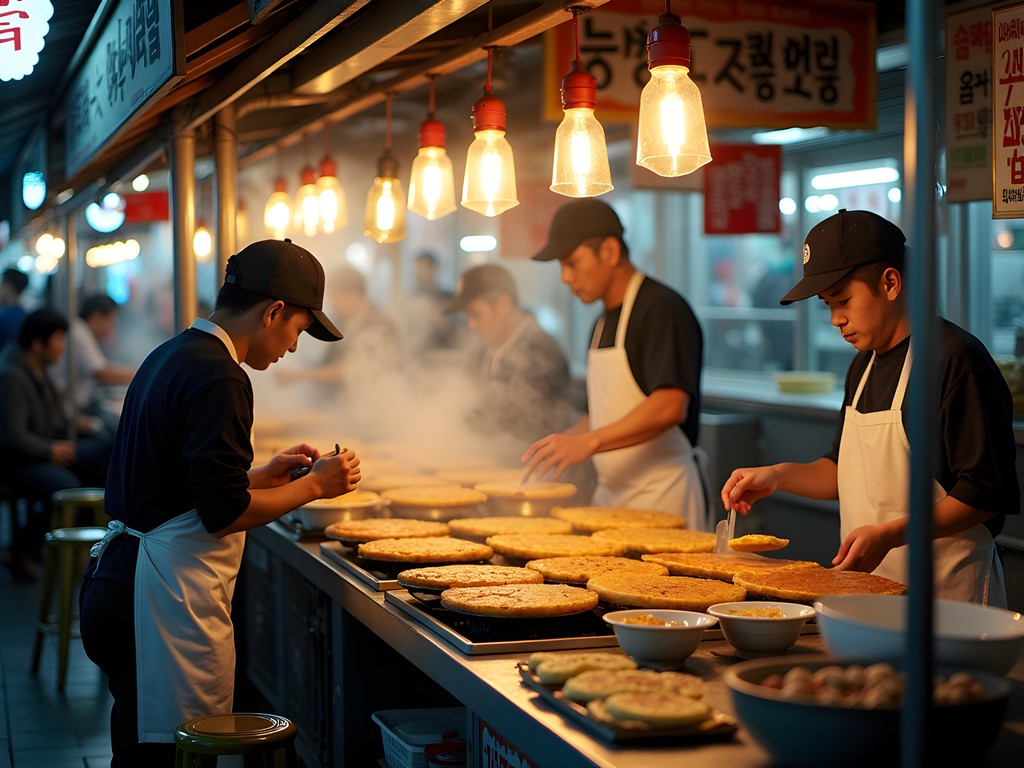
💡 Pro Tips
- The National Museum is free and closed on Mondays
- At Gwangjang Market, look for stalls with the longest lines of locals—that's where you'll find the best food
- Bring cash for the market vendors—many don't accept cards
Day 1: Evening - Modern Seoul After Dark
Seoul truly comes alive after sunset, and there's no better place to experience this than Hongdae—the vibrant university district that pulses with youthful energy. Start your evening with a stroll through the area's main pedestrian streets, where you'll encounter everything from K-pop dance groups performing impromptu shows to indie musicians busking on street corners. The creative energy here is infectious, and it's a side of Korean culture that contrasts beautifully with the historical sites you explored earlier.
For dinner, I always recommend trying Korean BBQ, and Hongdae has some excellent options. My favorite is Maple Tree House, where the quality of the meat is outstanding, and they're accustomed to helping international visitors navigate the interactive dining experience. Order the samgyeopsal (pork belly) and some marinated galbi (beef short ribs), then embrace the communal cooking experience.
After dinner, experience Seoul's famous nightlife scene. If clubbing isn't your style, check out one of the many themed cafés in the area. The trick is to look up—many of Seoul's most interesting venues are located on upper floors of buildings, with only small signs at street level indicating their presence. The vinyl record cafés and board game lounges offer more relaxed social environments where you can meet locals and fellow travelers.
Before heading back to your accommodation, make a stop at the N Seoul Tower on Namsan Mountain. The tower's observation deck offers breathtaking 360-degree views of the city's nighttime skyline. I recommend taking the cable car up rather than hiking at night, and aiming to arrive about an hour before closing to avoid the largest crowds. Don't forget to bring your travel tripod if you're into night photography—the city lights make for stunning long-exposure shots, and the stable platform makes all the difference for crisp nighttime cityscape photos.
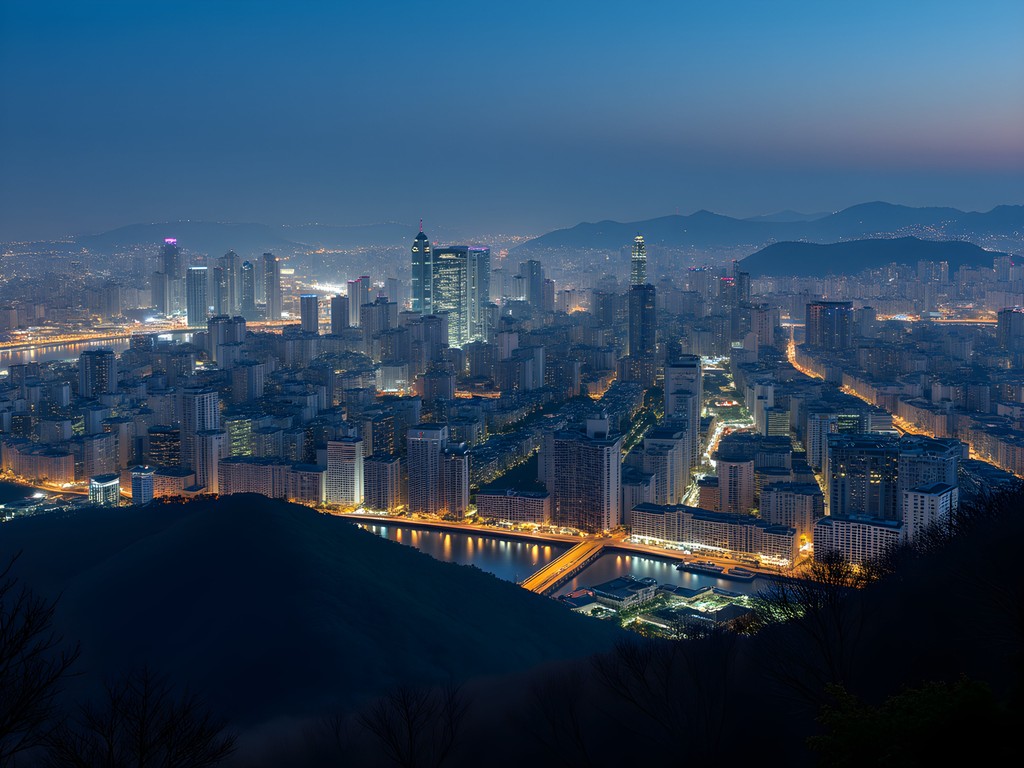
💡 Pro Tips
- In Hongdae, follow the crowds to find the best street performances
- Korean BBQ restaurants typically have English menus in tourist areas, but bring a translation app just in case
- The last cable car to N Seoul Tower usually runs until 11 PM, but check current times before planning your visit
Day 2: Morning - Spiritual Seoul
For your second day in Seoul, I recommend starting with a more contemplative experience at Jogyesa Temple, the headquarters of Korean Buddhism. Arriving early (around 8 AM) lets you witness the morning chanting ceremony—an immersive cultural experience that few tourists make the effort to see. The temple grounds are particularly beautiful in fall, when the ancient ginkgo trees surrounding the main hall turn brilliant gold.
After exploring the temple, take a short walk to Insadong, a neighborhood that perfectly balances traditional and contemporary Korean culture. The main street, Insadong-gil, is lined with art galleries, traditional craft shops, and tea houses. This is my favorite place in Seoul to shop for unique souvenirs that actually represent Korean culture—from handmade hanji paper products to beautiful celadon pottery.
Don't rush through Insadong—the real treasures are found in the narrow alleyways branching off the main street. These hidden passages contain some of Seoul's most charming traditional tea houses. My personal favorite is Dawon, tucked away in a 100-year-old hanok building with a peaceful garden. Order a pot of traditional Korean tea (I recommend omija berry or jujube tea) and some rice cakes for a perfect mid-morning break.
Before leaving Insadong, I always make time to visit one of the neighborhood's calligraphy shops. As someone who's practiced Korean calligraphy for years, watching the masters demonstrate their craft never gets old. If you're interested in bringing home a truly meaningful souvenir, many shops can create a personalized piece with your name or a meaningful phrase in beautiful Hangul (Korean script).
For capturing the intricate details of temple architecture and calligraphy, I've found my mirrorless camera with a prime lens gives the perfect combination of portability and image quality. The film simulation modes are particularly good at rendering the rich colors of temple paintings and fall foliage.
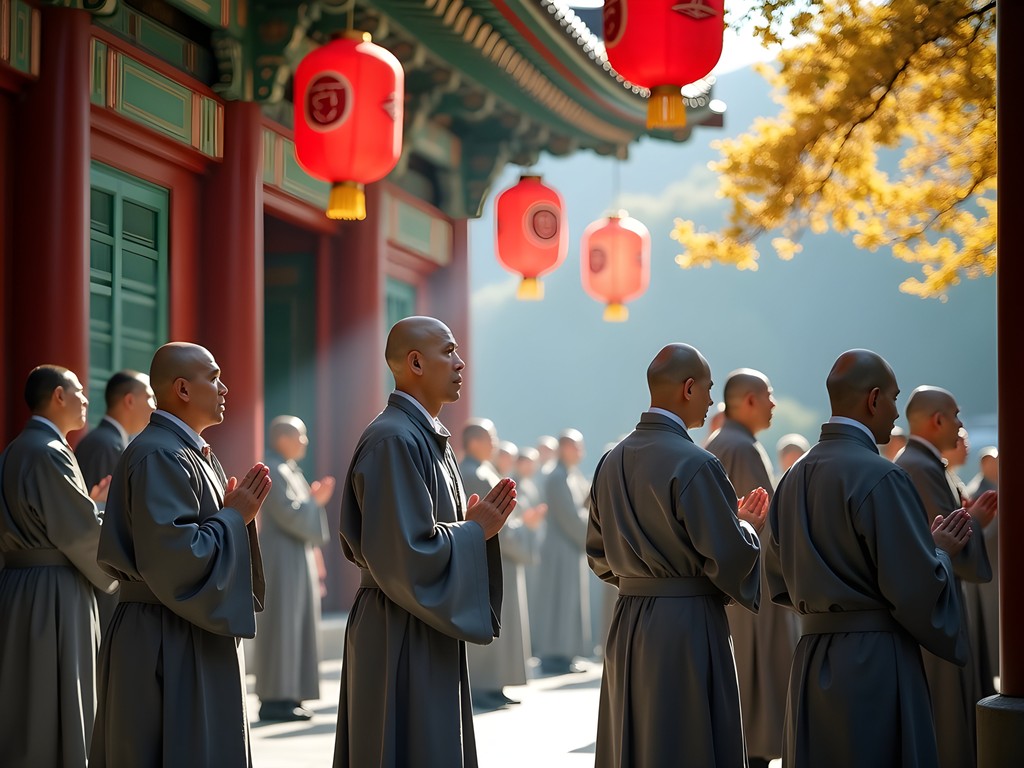
💡 Pro Tips
- Remove your shoes before entering temple buildings and speak quietly to respect the sacred space
- Many shops in Insadong offer tax refunds for purchases over 30,000 won—ask for the global refund form
- Most tea houses in traditional buildings require you to sit on floor cushions, so wear comfortable clothing
Day 2: Afternoon - Shopping and Street Food
No visit to Seoul is complete without experiencing its world-class shopping districts, and Myeongdong is the perfect place to dive in. This pedestrian-friendly shopping mecca offers everything from luxury brands to affordable Korean cosmetics that have gained global popularity. Even if you're not typically a shopper, the energy of Myeongdong is worth experiencing—street performers, food vendors, and enthusiastic cosmetic shop employees handing out free samples create a carnival-like atmosphere.
Korean skincare and beauty products make excellent souvenirs or gifts, offering high quality at prices often lower than Western equivalents. Stores like Innisfree, Nature Republic, and COSRX offer natural ingredient-focused products that have earned cult followings internationally. Pro tip: the shops compete fiercely, so you'll often receive generous free samples with purchases.
After working up an appetite shopping, dive into Myeongdong's street food scene. The main streets transform each afternoon as vendors set up stalls selling everything from giant grilled squid tentacles to tornado potatoes (spiral-cut potatoes on a stick). My must-try recommendations include hotteok (sweet filled pancakes), perfect for fall with their cinnamon-sugar filling, and gyeran-bbang (egg bread)—a simple yet delicious street snack.
For a late lunch, head slightly away from the main shopping streets to find Myeongdong Kyoja, a restaurant that's been serving handmade kalguksu (knife-cut noodle soup) since 1966. Their simple menu focuses on doing a few dishes perfectly rather than offering endless options—the mark of truly confident cooking.
If you're like me and tend to lose track of time while exploring, a good travel daypack is essential for carrying shopping finds, a water bottle, and an extra layer for when evening temperatures drop in the fall. I particularly appreciate having a dedicated pocket for my travel journal, where I jot down the names of places I discover and want to return to on future trips.
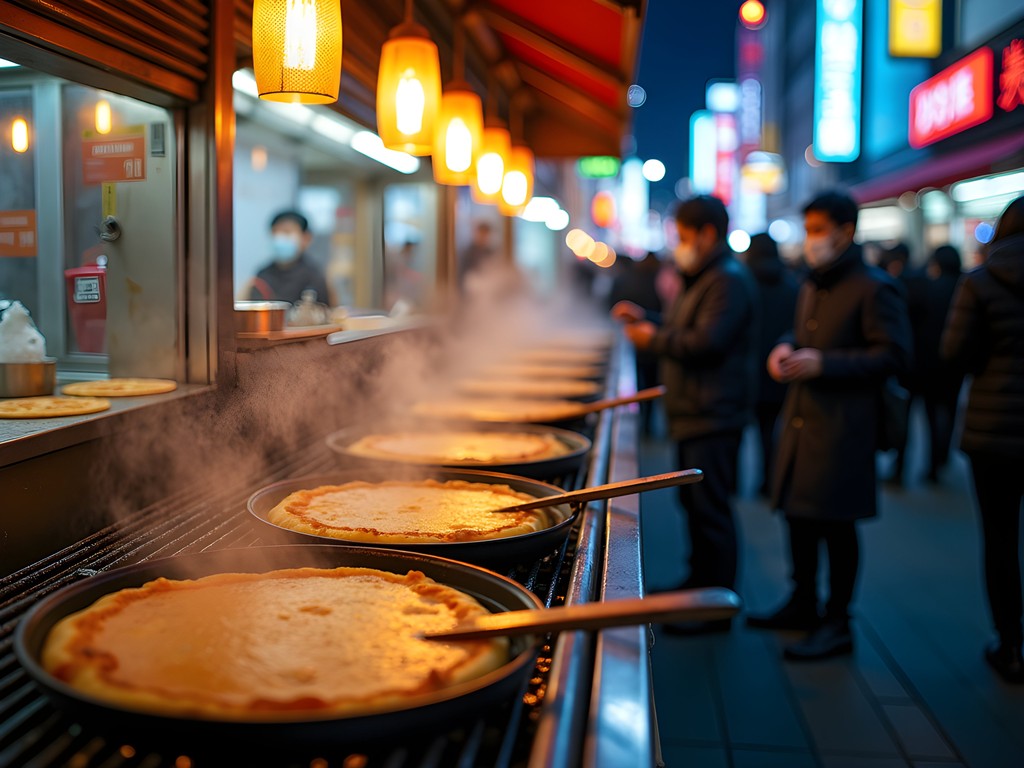
💡 Pro Tips
- Many cosmetic shops offer tax refunds for purchases over 30,000 won—keep your receipts
- Street food vendors typically only accept cash, so have some on hand
- For the best deals on cosmetics, look for the multi-pack specials (like 5+5 or buy 10 sheet masks)
Day 2: Evening - Contemporary Korean Culture
For your final evening in Seoul, immerse yourself in contemporary Korean culture in the trendy Gangnam district (yes, that Gangnam from the famous song). Start with an early dinner at one of the modern Korean fusion restaurants that have helped define new Korean cuisine. My recommendation is Mingles, where Chef Mingoo Kang creates dishes that honor traditional Korean flavors while incorporating modern techniques and presentations. The seasonal tasting menu is worth the splurge for a memorable final meal.
After dinner, experience Seoul's café culture at one of Gangnam's concept cafés. These aren't just places to grab coffee—they're design-focused spaces where the ambiance is as carefully crafted as the beverages. C.Through café is famous for its barista who creates incredible latte art portraits, while the Arriate Flower Café combines a flower shop with a coffee house for a uniquely beautiful setting.
As the evening progresses, check out the Starfield COEX Mall, home to the Instagram-famous Starfield Library with its towering bookshelves and modern architecture. The library is open until 10 PM and offers a peaceful space to reflect on your whirlwind tour of Seoul. The mall also houses the COEX Aquarium and a kimchi museum if you're looking for indoor activities.
End your 48 hours in Seoul with a visit to the Bongeunsa Temple, which offers evening temple tours on certain days. The 1,200-year-old temple is dramatically lit at night, creating a striking contrast to the modern skyscrapers surrounding it. This juxtaposition perfectly encapsulates what makes Seoul so special—the harmonious coexistence of ancient traditions and cutting-edge modernity.
If the temple tour isn't available during your visit, another great option is to experience a traditional Korean performance at the Seoul Arts Center or the National Gugak Center. The traditional music and dance performances offer insights into Korean cultural heritage that you can't get from simply visiting historic sites.
Before heading back to your accommodation, take one last nighttime stroll along the Cheonggyecheon Stream. This restored urban waterway cuts through downtown Seoul, providing a peaceful retreat from the city's energy with its illuminated bridges and water features.
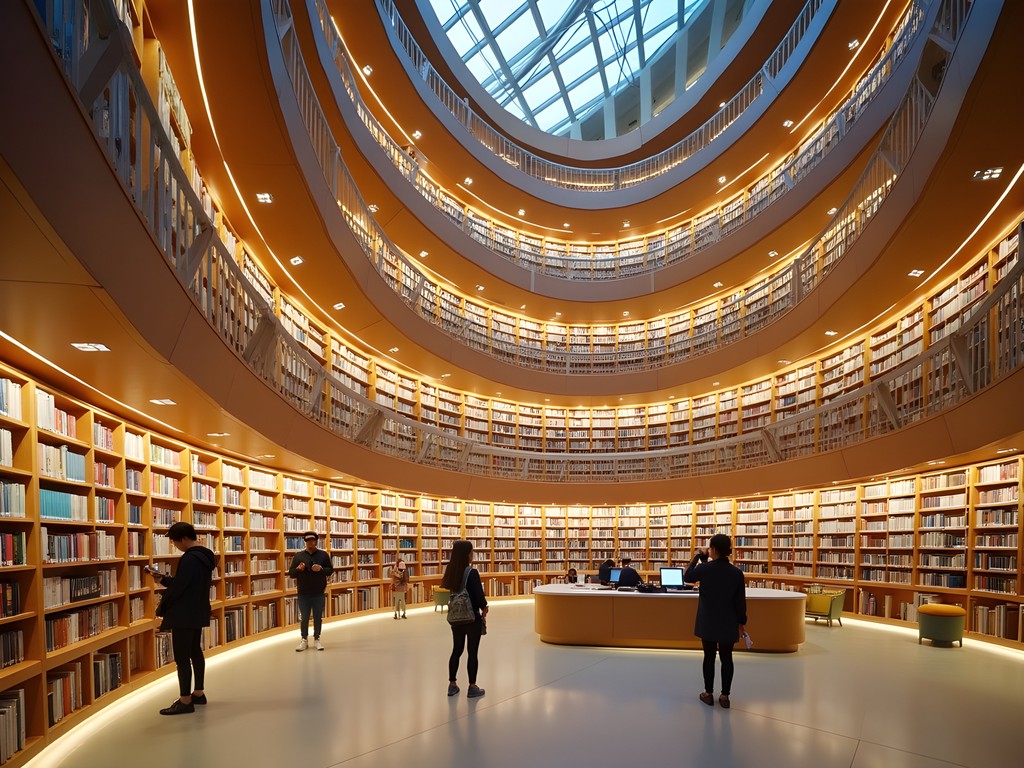
💡 Pro Tips
- Make restaurant reservations in Gangnam well in advance—the best places book up quickly
- Many concept cafés in Gangnam have minimum purchase requirements, usually one drink per person
- The Starfield Library gets crowded on weekends—visit on a weeknight if possible for a more peaceful experience
Final Thoughts
As my weekend in Seoul comes to a close, I'm always struck by how this city manages to feel both intimately familiar and excitingly new with each visit. In just 48 hours, you've experienced a thousand years of Korean history, from ancient palace rituals to cutting-edge digital culture. You've tasted traditional street food passed down through generations and innovative fusion cuisine pushing culinary boundaries. Most importantly, you've begun to understand Seoul's remarkable ability to honor its past while boldly embracing the future. This 48-hour itinerary barely scratches the surface of what Seoul has to offer, but it provides a foundation for understanding this complex, fascinating city. Whether you're connecting with your heritage as I was on my first visit, or simply exploring one of Asia's most dynamic capitals, Seoul rewards the curious traveler with unforgettable experiences. Next time, stay longer—there are countless more layers to uncover. Until then, 다음에 또 만나요 (see you next time)!
✨ Key Takeaways
- Balance historic sites in the morning with modern experiences in the evening
- Don't miss Korean street food—it's affordable, delicious, and central to the culture
- Seoul's neighborhoods each have distinct personalities—try to experience several
- Look beyond the obvious tourist sites to find authentic local experiences
📋 Practical Information
Best Time to Visit
Fall (September-November) for comfortable temperatures and beautiful foliage
Budget Estimate
$150-250 per day including mid-range accommodation, meals, and activities
Recommended Duration
Minimum 2 days, ideally 4-5 days
Difficulty Level
Easy
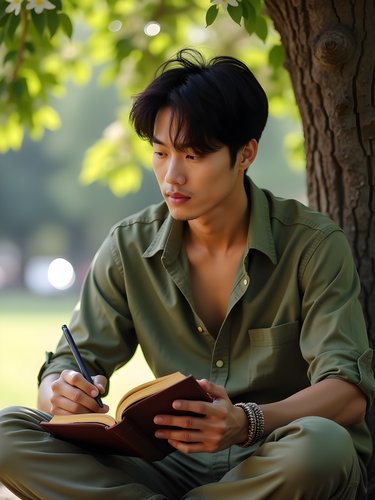
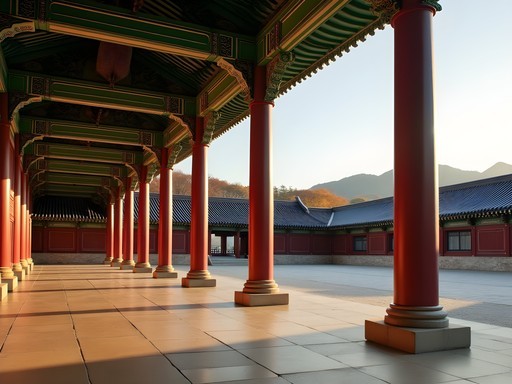



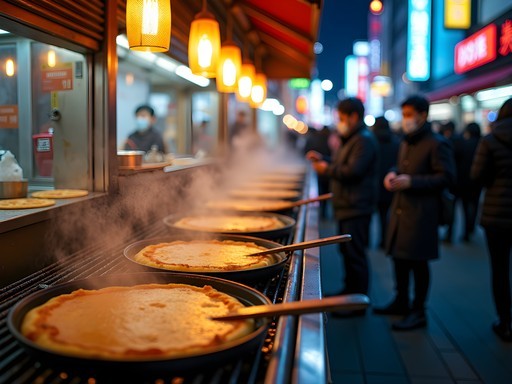
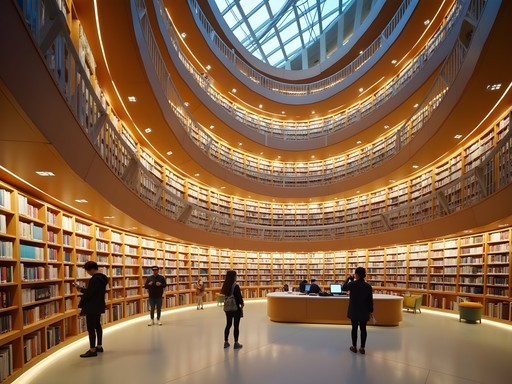



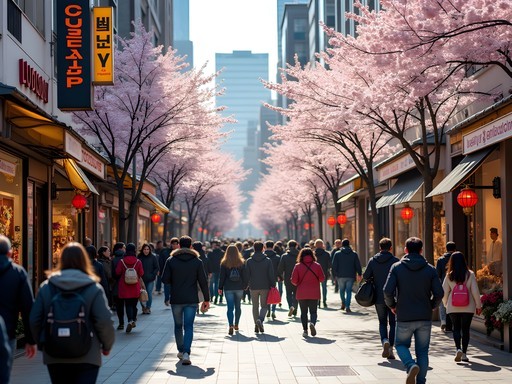
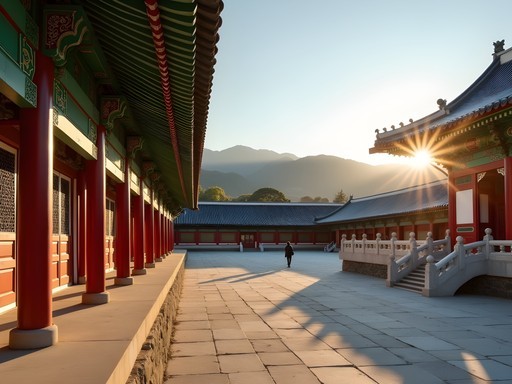
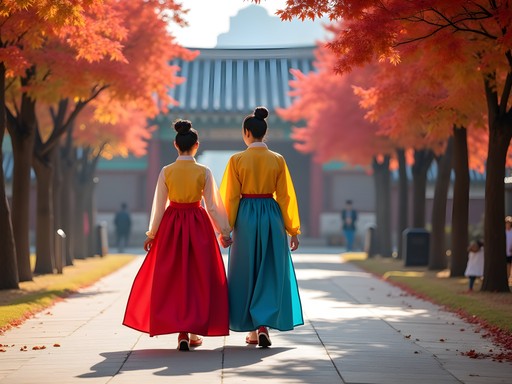



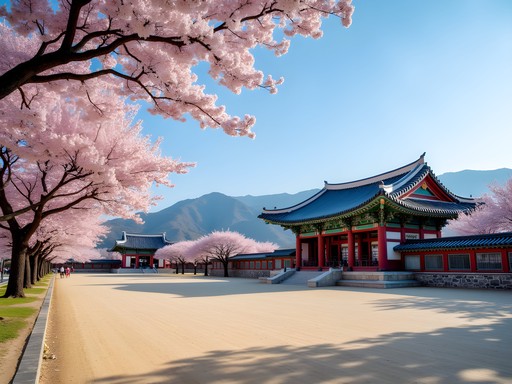
Comments
waveclimber
Pro tip: Download Naver Maps instead of relying on Google Maps. Much more accurate for Seoul and has all the bus/subway routes integrated!
adventurefan
Thanks for this! Does it work in English?
waveclimber
Yep! It has an English interface option. Not perfect translation but definitely usable.
Sophia Gomez
Connor, your itinerary brings back so many memories! I first visited Seoul on a business trip in 2024 and fell in love with the city. I'd add one tip for anyone following this guide - don't miss the Bukchon Hanok Village early in the morning before the crowds arrive. The contrast of those traditional hanok houses with the modern skyline in the background creates the perfect photo op. And for those who enjoy coffee culture, Seoul's cafés are next level. I spent one rainy afternoon in a cat café in Hongdae that had better pastries than most dedicated bakeries I've visited worldwide! This city somehow manages to excel at everything it does, from ancient temples to cutting-edge tech.
beachstar
Just got back from Seoul last week and followed parts of this itinerary! The Gyeongbokgung Palace was definitely a highlight, but I wish I'd known about the free English tours (they start at 11am and 1pm). We ended up wandering around without much context. Also, Myeongdong was WAY more crowded than I expected on Saturday night - almost overwhelming but in a fun way! The street food there was amazing though - those egg breads and the tornado potatoes were worth braving the crowds.
photovibes6089
That night shot of Myeongdong is incredible! What camera settings did you use?
mountainfan1374
Any food recommendations beyond what's in the post? Going in November!
Sophia Gomez
You absolutely must try sundubu jjigae (soft tofu stew) at a local place! Also, the convenience store triangle kimbap makes for perfect quick snacks between sightseeing.
mountainfan1374
Thanks! I'm a bit nervous about the language barrier when ordering food.
Sophia Gomez
Don't worry! Many places have picture menus or English options. I use translation app which works better than Google Translate for Korean specifically.
Gregory Boyd
Connor, really appreciate how you've balanced the traditional and modern aspects of Seoul in such a tight timeframe. I've visited Seoul countless times during my Asia backpacking routes, and you've hit the sweet spots. One thing I'd add for first-timers is to explore some of the smaller neighborhoods like Seongsu-dong (Seoul's 'Brooklyn') if they can squeeze it in. The old shoe factories converted to hip cafes show another side of Seoul's constant reinvention. Also worth noting that the subway runs until midnight, so plan accordingly if you're out late in Hongdae!
adventurefan
This is perfect timing! Heading to Seoul next month for the first time. Definitely saving this itinerary!
Gregory Boyd
You'll love it! Make sure to get a T-Money card first thing - it works for all public transport and is much more convenient than buying single tickets.
adventurefan
Thanks for the tip! Is it easy to get from the airport?
Gregory Boyd
Super easy! Just grab the Airport Railroad Express (AREX) into Seoul Station. Takes about 45 minutes and you can use the T-Money card for it too.
Taylor Moreau
Connor, your itinerary brings back wonderful memories. As someone who travels to Seoul regularly, I appreciate how you've balanced the historical with the contemporary. One tip for business travelers with limited time: the express train from Incheon Airport to Seoul Station takes just 43 minutes and runs frequently. From there, most major hotels are a short taxi ride away. Also worth noting that many palaces offer free guided tours in English - just check the schedule on their websites beforehand. The cultural context these guides provide is invaluable, especially at Changdeokgung's Secret Garden.
Connor Brown
Thanks for the additional insights, Taylor! Great point about the guided tours - they really do enhance the experience. And yes, the airport express is a lifesaver, especially during rush hour when traffic can be unpredictable.
Mason Ferrari
Connor, your itinerary strikes an excellent balance between historical and modern Seoul. I visited last spring and would emphasize spending more time at Changdeokgung Palace if possible - the Secret Garden tour requires advance booking but offers a fascinating glimpse into royal life. For those planning to visit multiple palaces, the Integrated Palace Ticket (₩10,000) saves money and time. I also found my pocket translator invaluable when venturing into local restaurants outside tourist areas. The elderly restaurant owners in Euljiro were delighted when I could communicate basic phrases through it. One suggestion: consider adding Bukchon Hanok Village early morning (before 9am) to avoid crowds and get better photos of the traditional architecture.
Connor Brown
Great tip about the Integrated Palace Ticket, Mason! And you're absolutely right about Bukchon - those early morning shots without the crowds are magical. I'll add that to the article update I'm working on.
coolking
I'm planning a trip in November - will it be too cold for some of these activities? Also wondering if I should get a pocket wifi or if public wifi is good enough throughout the city?
Connor Brown
November is chilly but perfect for exploring! You'll need a good coat, but all these spots are still great. Seoul has excellent public WiFi, but I personally like having data everywhere. Many visitors find a local SIM or pocket WiFi helpful, especially for navigation.
Venture X
Premium card with 2X miles, $300 travel credit, Priority Pass